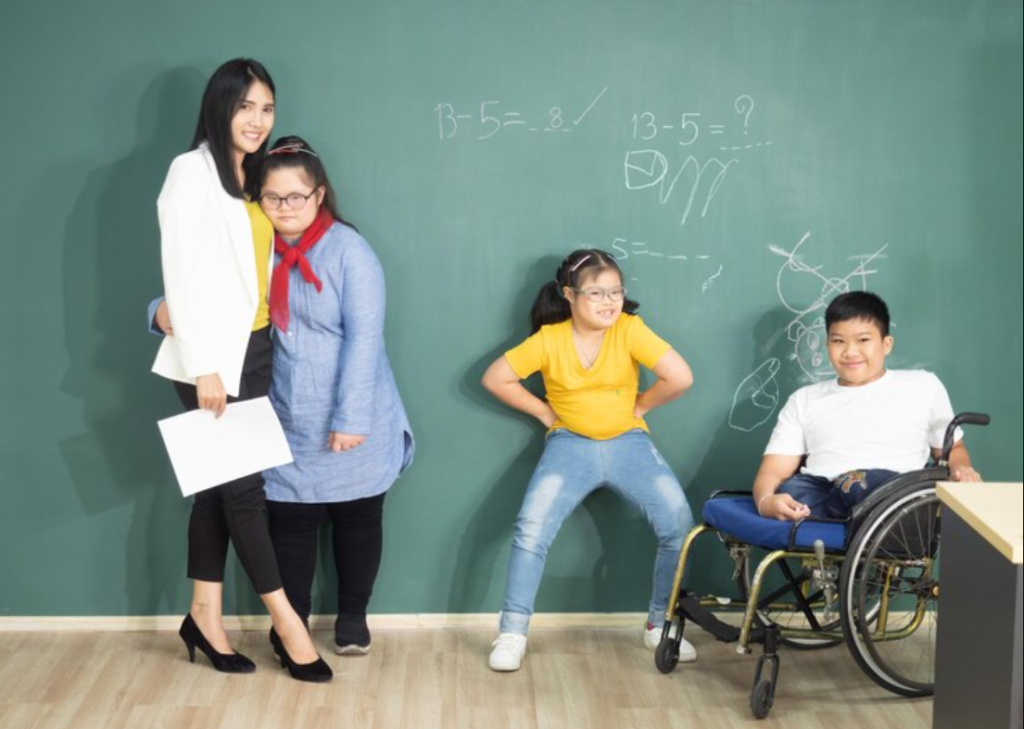Special education paraprofessionals play a vital role in creating inclusive and supportive learning environments for students with diverse needs. As individuals dedicated to enhancing the educational experience of students with disabilities, paraprofessionals in special education must employ effective strategies to foster student engagement and facilitate meaningful learning. This article explores key strategies for special education paraprofessional jobs in the USA, offering insights into best practices and methods to support student success.
Understanding the Role of Special Education Paraprofessionals
Before delving into specific strategies, it’s crucial to understand the multifaceted role that special education paraprofessionals play. These professionals work collaboratively with teachers, therapists, and other educators to implement Individualized Education Programs (IEPs) and provide personalized support to students with disabilities. Their responsibilities may include:
- Assisting with instructional activities.
- Supporting behavior management and social skills development.
- Providing one-on-one or small group assistance.
- Ensuring a safe and inclusive learning environment.
1. Establishing Positive Relationships
Building positive relationships with students is foundational to effective support in special education. Paraprofessionals can employ the following strategies:
- Active Listening: Take the time to actively listen to students, understanding their unique needs, preferences, and challenges.
- Empathy: Demonstrate empathy and understanding, creating a supportive atmosphere where students feel comfortable expressing themselves.
- Consistency: Be consistent in your approach and interactions, as predictability can help students feel secure and build trust.
2. Collaborating with Classroom Teachers
Collaboration between paraprofessionals and classroom teachers is essential for creating a cohesive and supportive learning environment. Effective collaboration strategies include:
- Regular Communication: Maintain open and regular communication with the classroom teacher, discussing student progress, challenges, and adjustments to support individual needs.
- Team Meetings: Attend and actively participate in team meetings, contributing insights and observations that can inform instructional planning and interventions.
- Shared Planning: Collaboratively plan and coordinate activities to ensure that the support provided aligns with the overall curriculum and learning goals.
3. Differentiating Instruction
Adapting instructional strategies to meet the diverse needs of students is a key responsibility of special education paraprofessionals. Strategies for differentiation include:
- Flexible Grouping: Utilize flexible grouping strategies to address varying learning levels and styles within the classroom.
- Visual Aids: Incorporate visual aids, such as charts, diagrams, and graphic organizers, to enhance understanding and support visual learners.
- Varied Materials: Provide a range of materials and resources to accommodate different learning preferences and abilities.
4. Utilizing Assistive Technology
Incorporating assistive technology into the learning environment can greatly benefit students with disabilities. Paraprofessionals can:
- Explore Available Tools: Familiarize yourself with available assistive technology tools that can support students in areas such as communication, reading, and organization.
- Collaborate with Specialists: Work closely with assistive technology specialists to implement and customize technology solutions based on individual student needs.
- Provide Training: Offer training and support to students in using assistive technology independently.
5. Implementing Positive Behavior Support
Behavior management is a critical aspect of the special education paraprofessional’s role. Strategies for positive behavior support include:
- Establishing Clear Expectations: Clearly communicate behavioral expectations to students, emphasizing positive behaviors and reinforcing them consistently.
- Implementing Reinforcement Systems: Develop and implement reinforcement systems, such as token economies or positive reinforcement charts, to motivate and reward positive behavior.
- Collaborating with Behavioral Specialists: Collaborate with behavioral specialists and school psychologists to create and implement behavior intervention plans when necessary.
6. Encouraging Student Independence
Promoting independence is a goal shared by both special education paraprofessionals and educators. Strategies to encourage student independence include:
- Gradual Release of Responsibility: Gradually shift responsibility to students by providing guided practice and then allowing them to complete tasks independently.
- Self-Monitoring: Teach students self-monitoring strategies to assess and regulate their own behavior and learning.
- Fostering Self-Advocacy: Encourage students to advocate for their needs, teaching them to communicate preferences, accommodations, and challenges.
7. Engaging in Professional Development
Continuous professional development is essential for staying informed about best practices and evolving strategies in special education. Strategies for ongoing professional development include:
- Attending Workshops and Conferences: Participate in workshops, conferences, and training sessions that focus on topics relevant to special education and student support.
- Collaborating with Colleagues: Exchange ideas and strategies with colleagues, both within and outside the special education department, to broaden your knowledge and skill set.
- Pursuing Further Education: Consider pursuing additional certifications or advanced degrees to enhance your expertise and qualifications in special education.

Conclusion
Special education paraprofessionals play a crucial role in the academic and personal development of students with disabilities. By employing effective strategies such as Every Special Child establishing positive relationships, collaborating with teachers, differentiating instruction, utilizing assistive technology, implementing positive behavior support, encouraging student independence, and engaging in continuous professional development, paraprofessionals can create a supportive and inclusive learning environment. These strategies not only contribute to the success of students but also enhance the overall effectiveness of special education programs in the USA.





